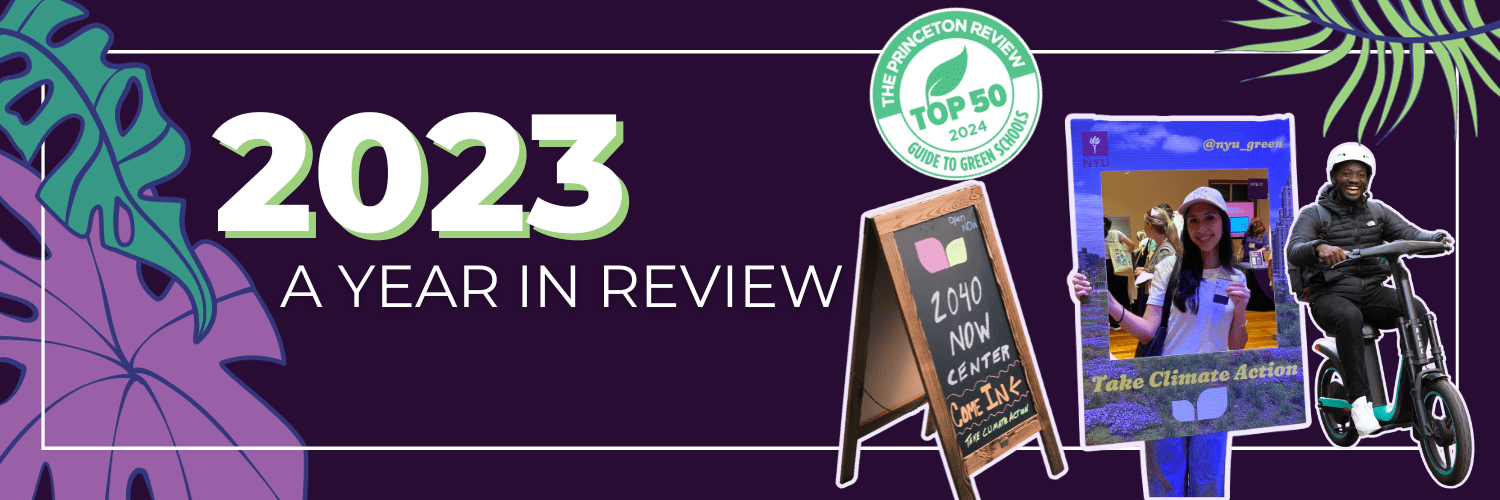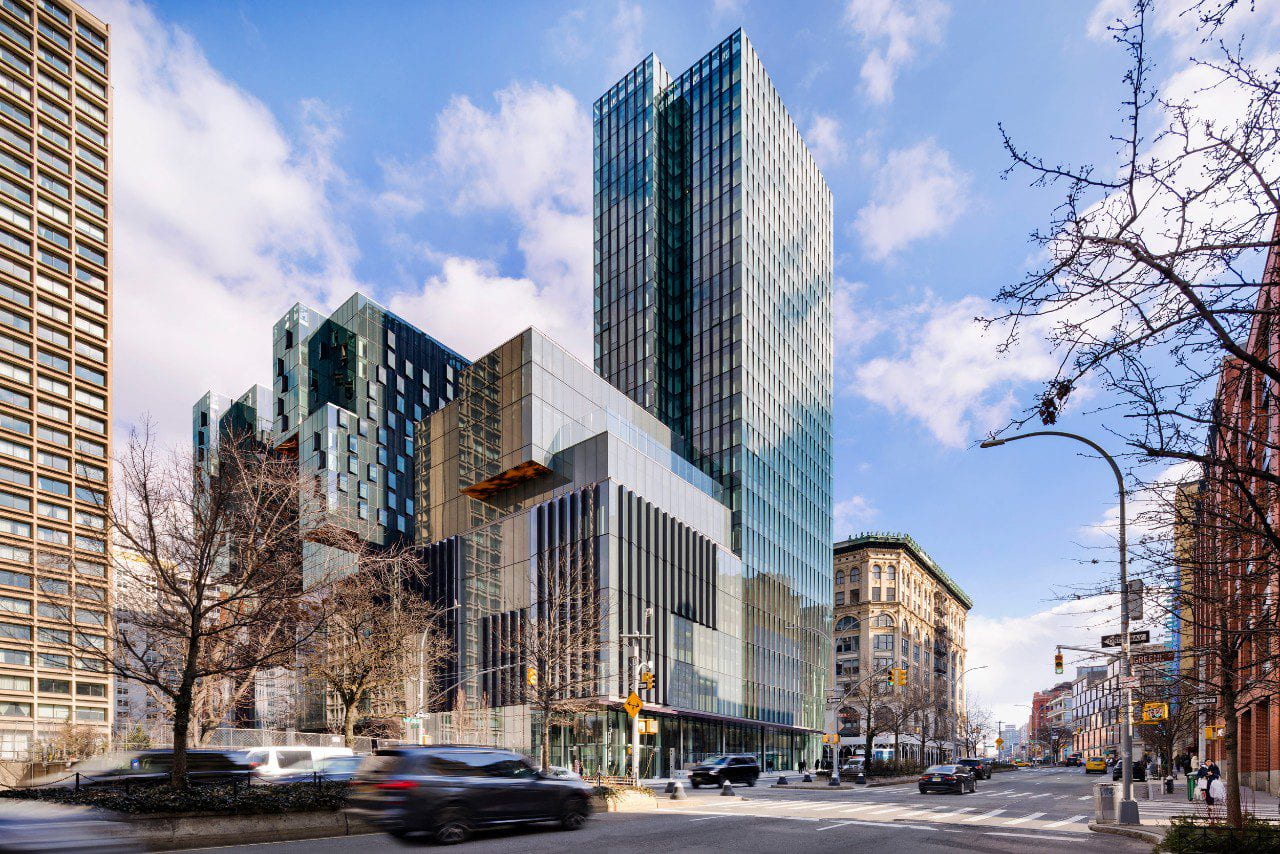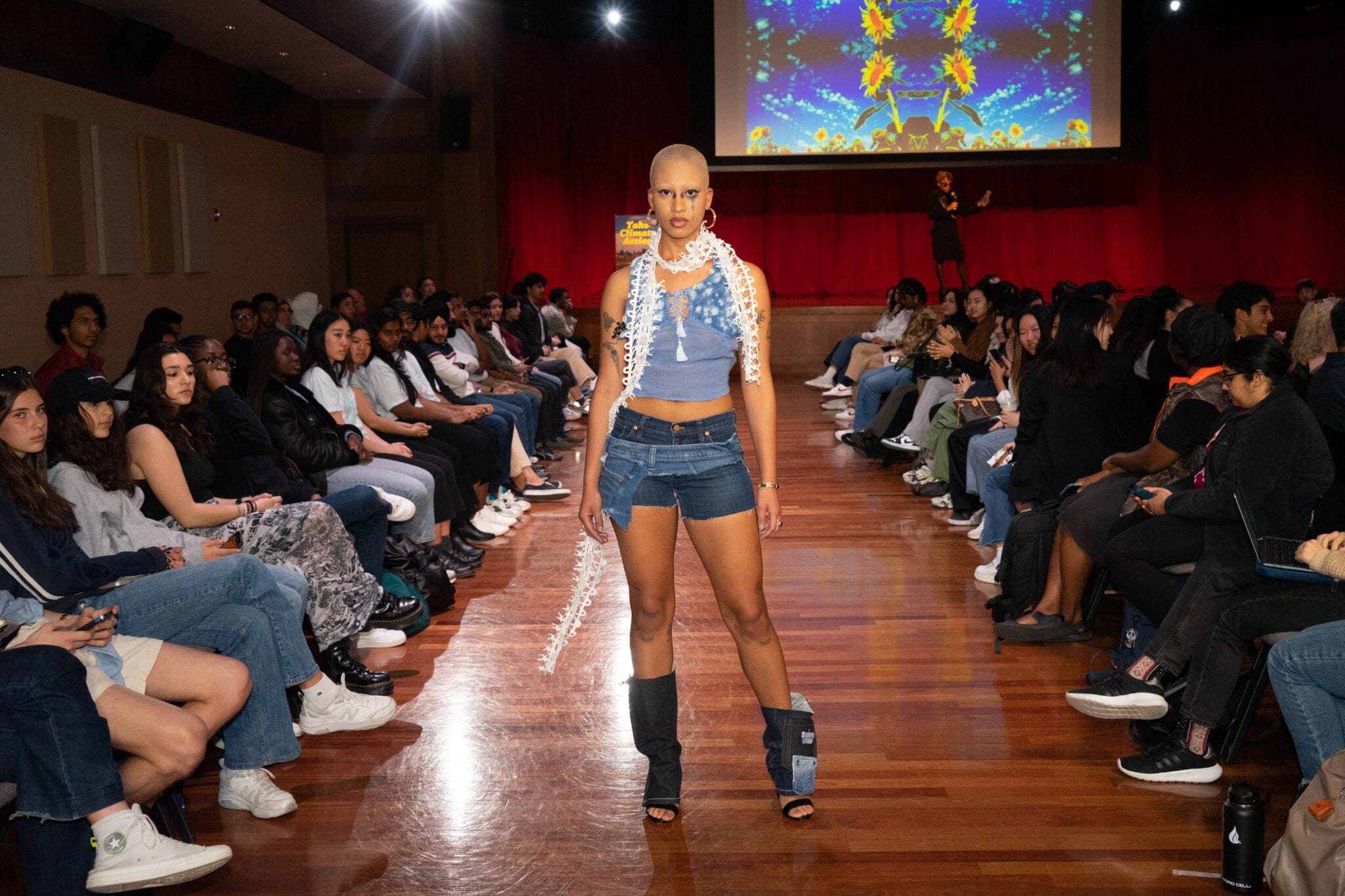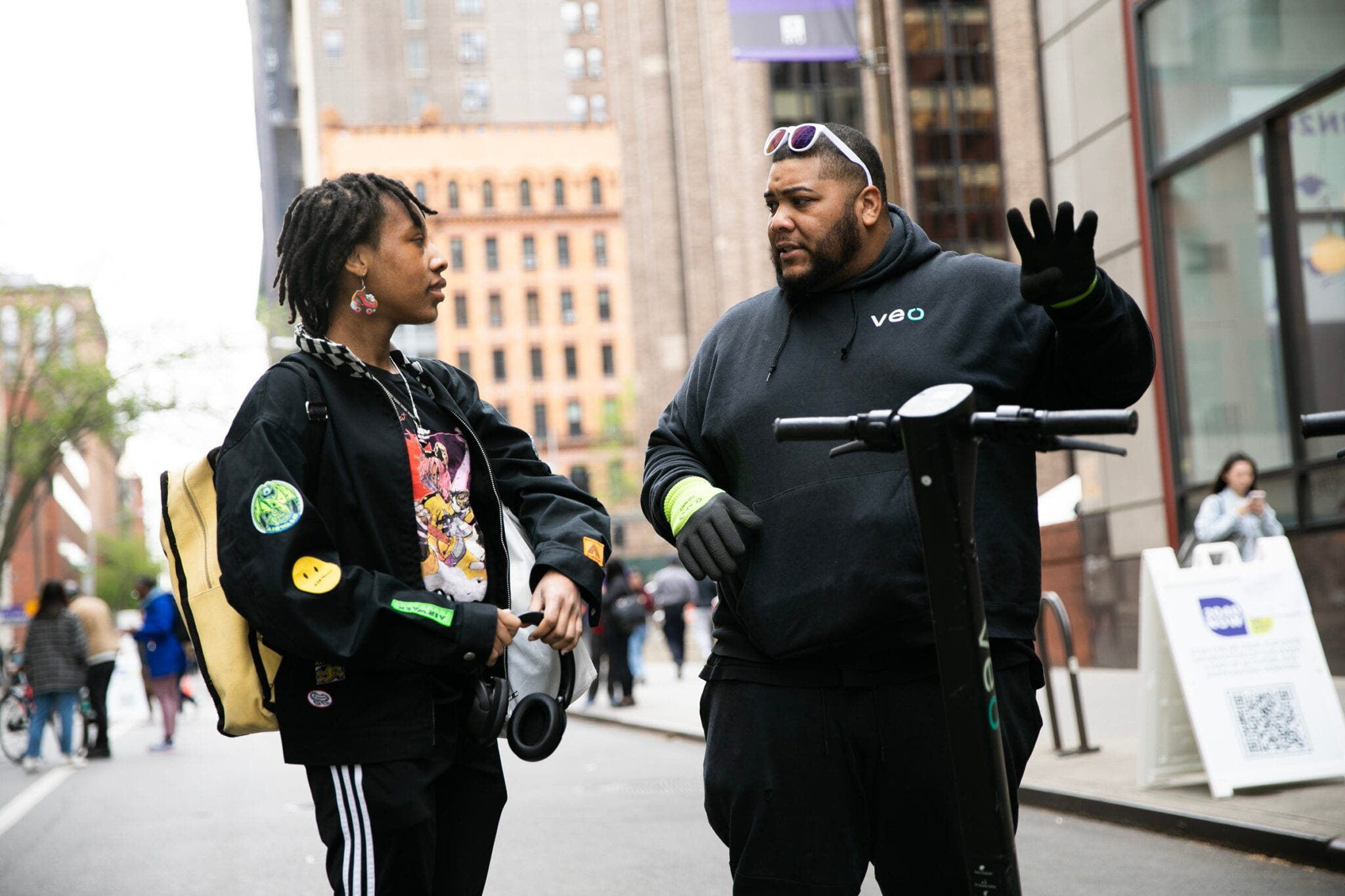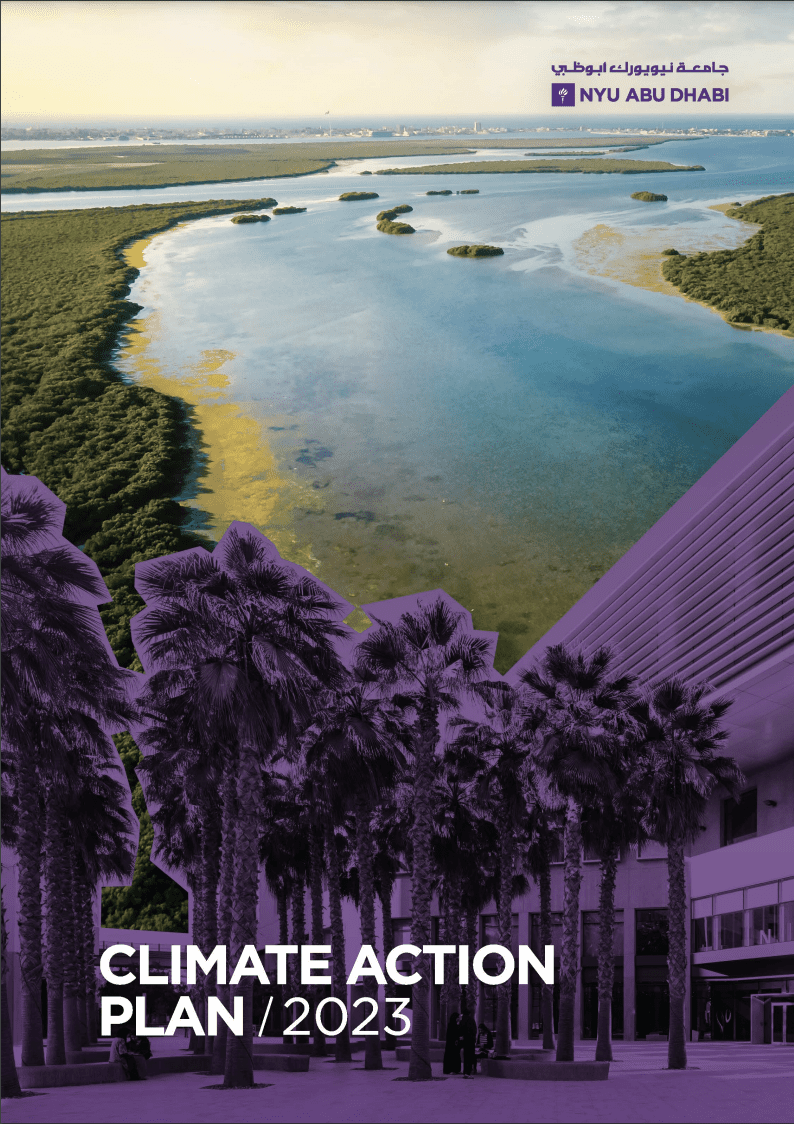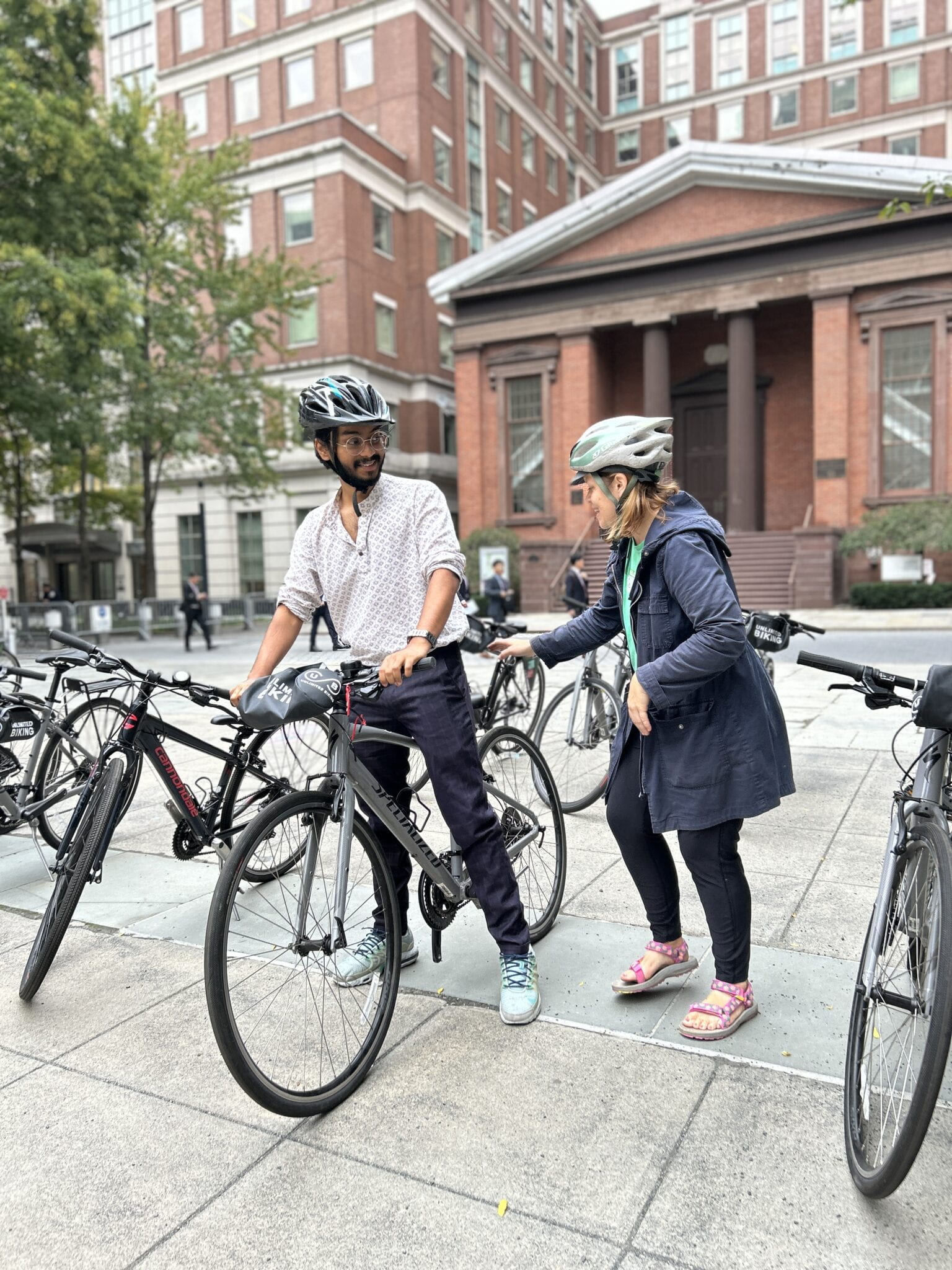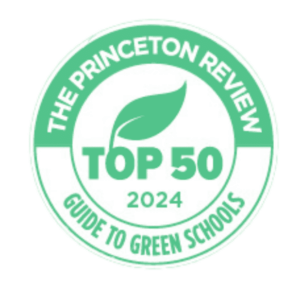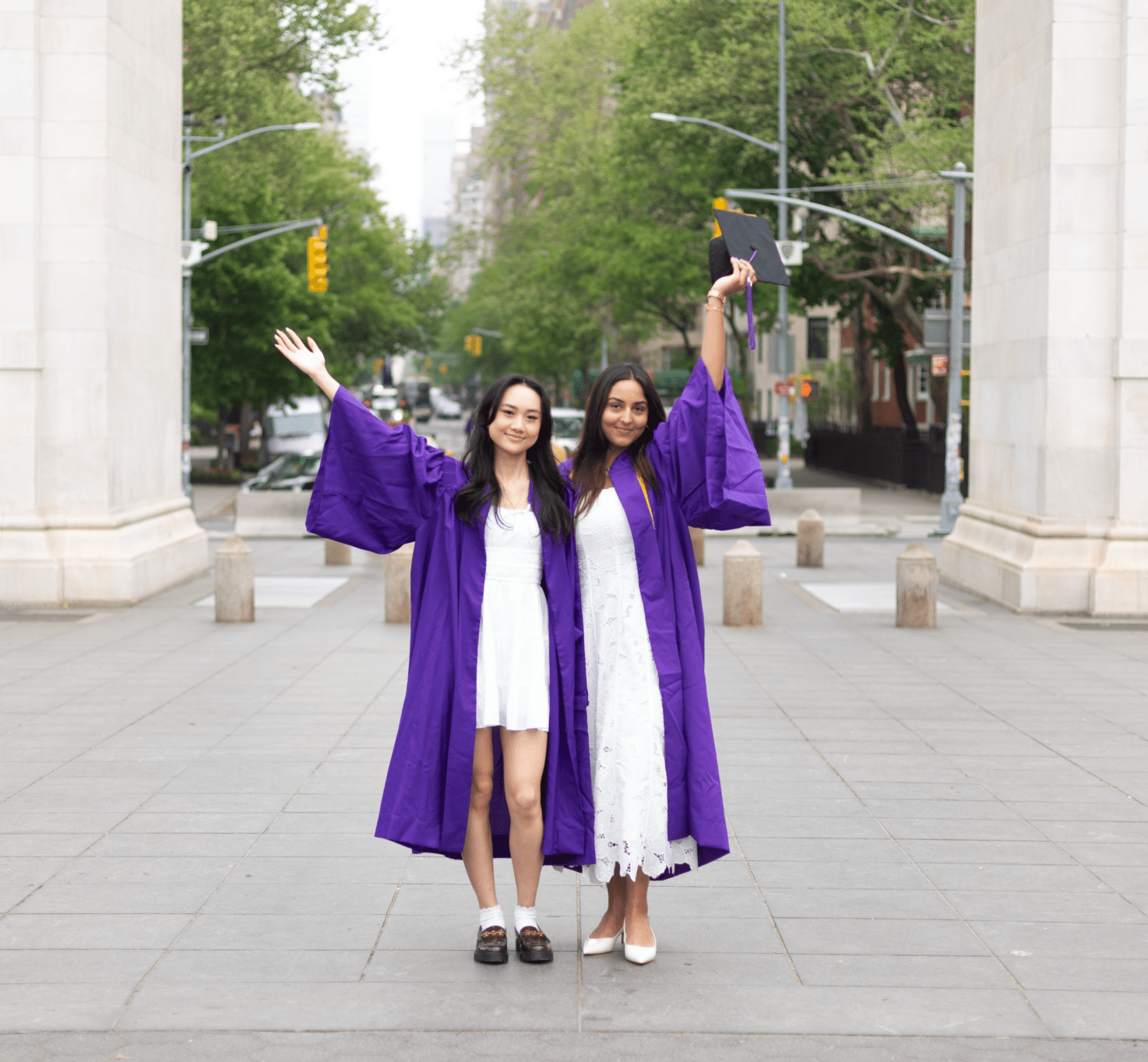 Every May, public spaces near NYU buildings (like Washington Square Park) are flooded with violet gowns and black caps as graduating students capture photos they’ll cherish for years. Cameras flash and families exchange congratulations. The streets in between the many iconic NYU buildings come alive in jubilation.
Every May, public spaces near NYU buildings (like Washington Square Park) are flooded with violet gowns and black caps as graduating students capture photos they’ll cherish for years. Cameras flash and families exchange congratulations. The streets in between the many iconic NYU buildings come alive in jubilation.
- Instead of glitter: visual effects. Glitter gets everywhere – even when you do your best to clean it up. It also takes thousands of years to fully break down, threatening wildlife and polluting our water. Even edible glitter can be quite toxic to smaller animals. Instead, consider using filters and camera apps on your phone to achieve the same effect. It’s easy to add sparkle to your photos after taking them, especially with so many free apps available. Think pixels, not trash!
- Instead of streamers: ribbons. Streamers may be pretty when they float around us in photos, but they are made of harmful plastic. Instead, consider tying ribbons to sticks to create ribbon wands. A great addition to any celebration, from graduation to weddings, ribbon wands are colorful, flow like streamers, and are fun to dance around with and use for photos. Many of us already have ribbons at home, and after you craft your ribbon wands, you can continue to reuse them many times! To get a streamer effect, ask friends and family to shake the ribbon wands around you so that the ribbons frame your photos.
- Instead of balloons: banners. Balloons can be harmful to wildlife, who may get tangled in them or try to eat them. When they get stuck on trees, balloons are difficult to remove, posing a threat for months. Finally, there’s a shortage of helium – the gas that makes balloons float – and whatever is left should probably be used in more critical settings, like healthcare (helium is a necessary component of many MRI scanners). Even so-called biodegradable balloons are not easily biodegradable, and are the number one type of balloon found in the stomachs of wildlife. Instead of balloons, try having a banner with you in your photos. Banners can be made from leftover paper or old fabric you may already have at home or can buy at thrift stores. You can even paint any message you want. Try using an old bed sheet for a really huge and impactful banner! Or, have loved ones hold up both sides of a paper banner and run through it like a sports star! (Just don’t leave the parts behind in the park when you’re done.)
- Instead of standing or sitting in the flowers: get creative with your angles. The flowers in most city parks, including Washington Square Park, don’t just sprout when spring comes around. A team of people plan and plant the gardens every year, making sure to pick flowers that are both beautiful and helpful to the local fauna (like bees and other pollinators). When you step into a flower bed for a picture, you might not notice yourself causing much damage – but imagine what it looks like after hundreds of NYU graduates do the same! So if you want a flowery photo to commemorate your graduation, try getting creative with your camera angles. You don’t need to be in the flower bed to look like you’re in the flower bed. Have a friend get low to the ground on one side of the flowers while you stand on the other side. Take a selfie from above so that your whole background is flowers. Options abound!
We are so proud of our graduating NYU students. You worked hard and deserve this momentous occasion! We hope you find time to celebrate yourself and all of those who have helped you get here. And when you do, remember sustainable practices!
Congratulations to the Class of 2024 from the NYU Office of Sustainability. #GoViolets


